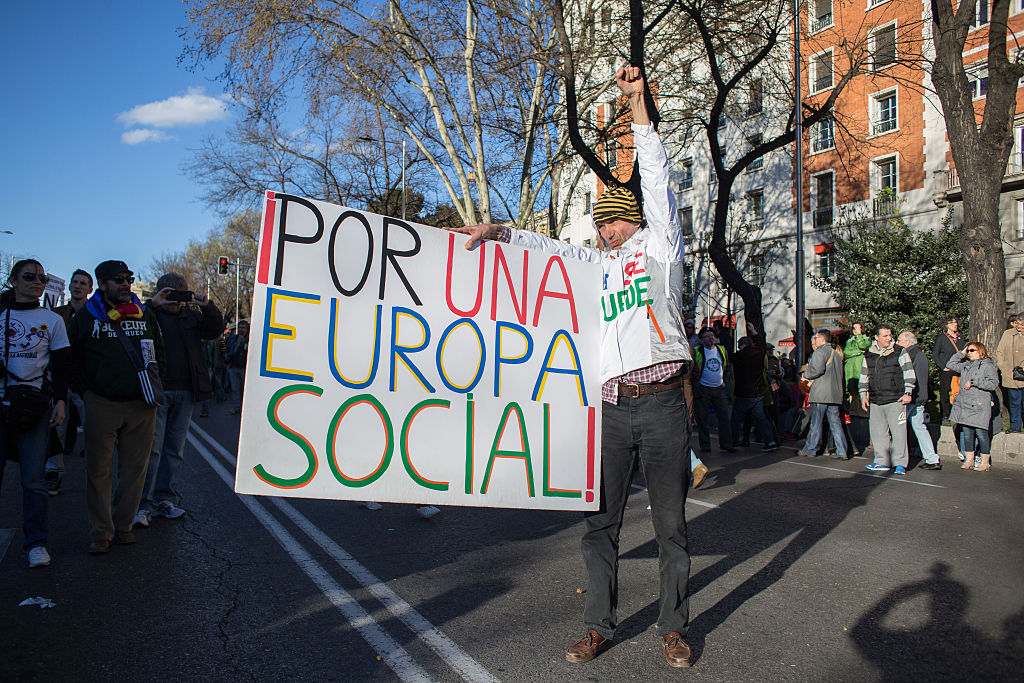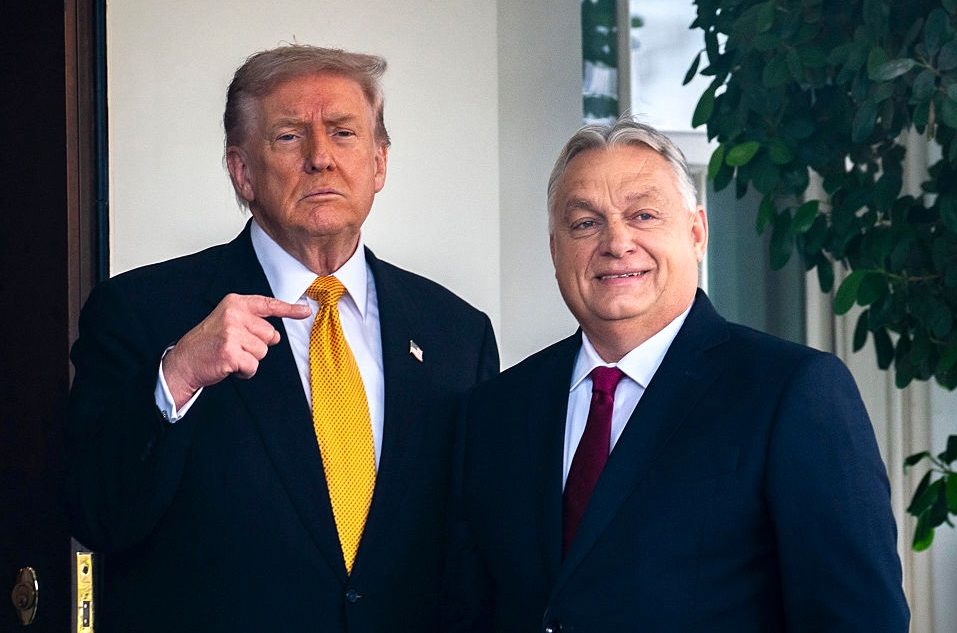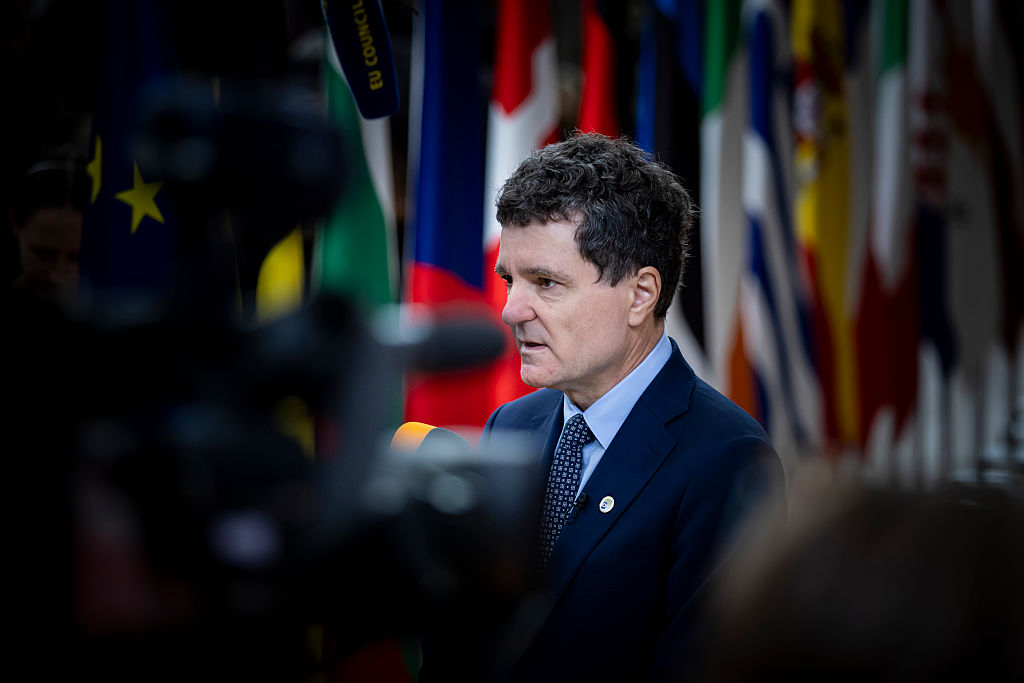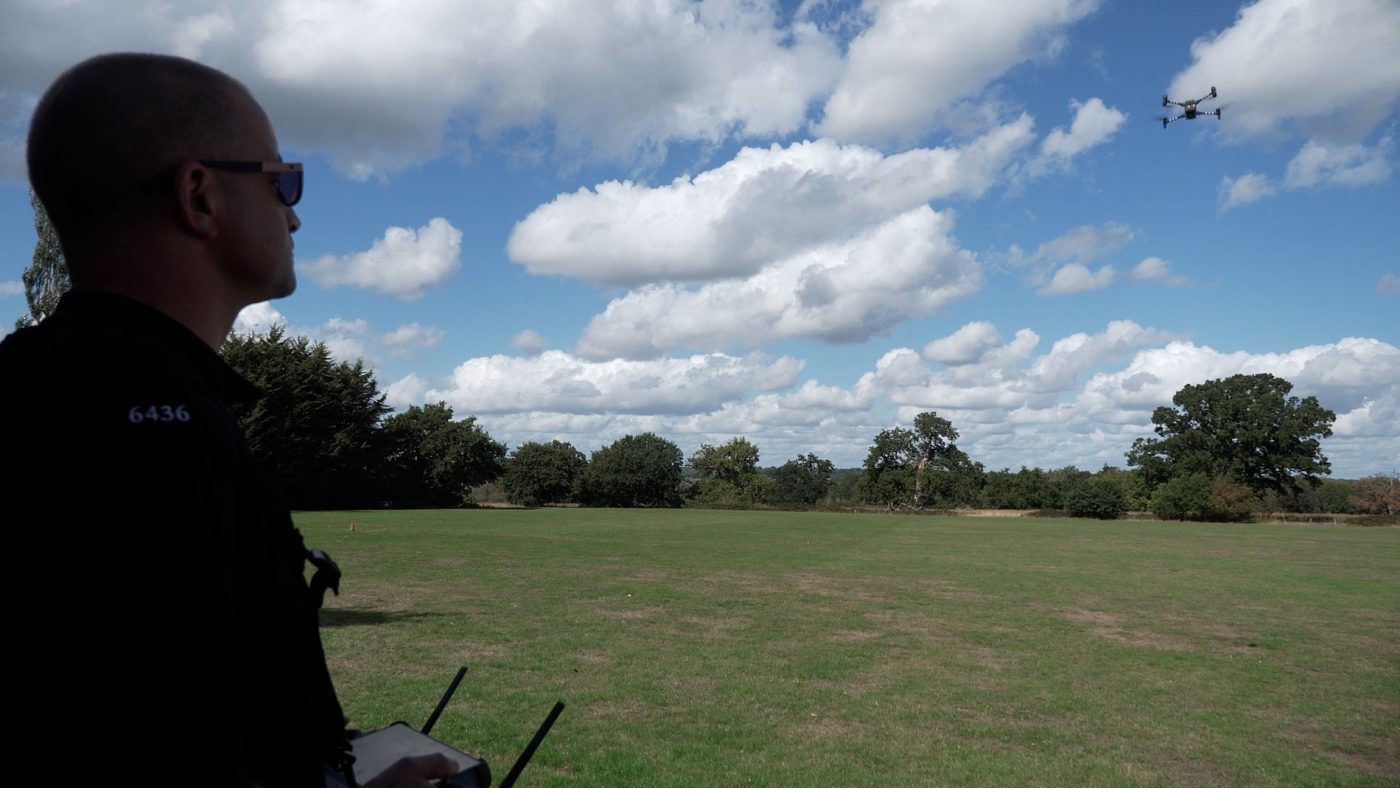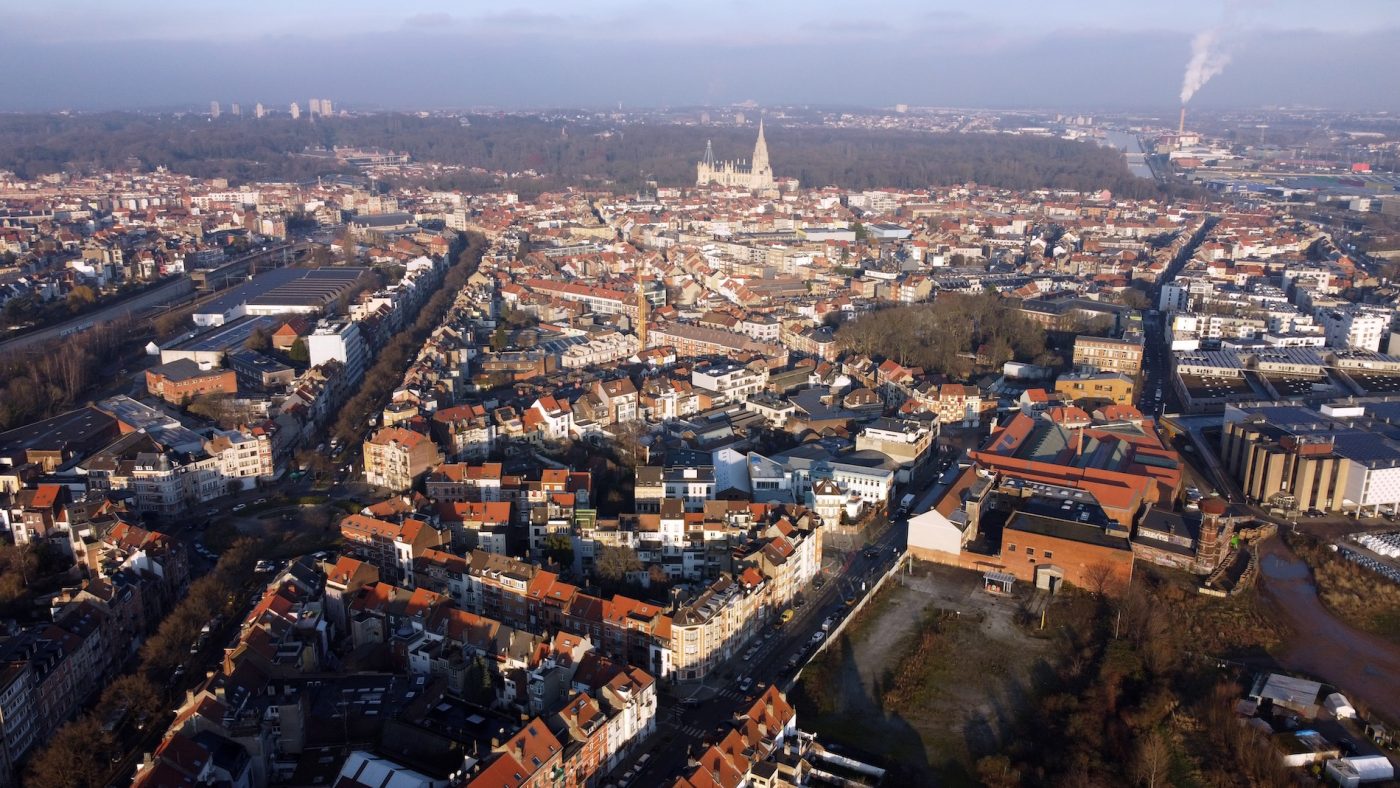Europe's airspace chaos, the new commonplace
Europe is patently unready for even one zone of conflict, let alone several. Heightened drone activity has created enormous disruptions at great cost. And the reputational damage is even worse, as Europe doesn’t seem to have a clue what to do
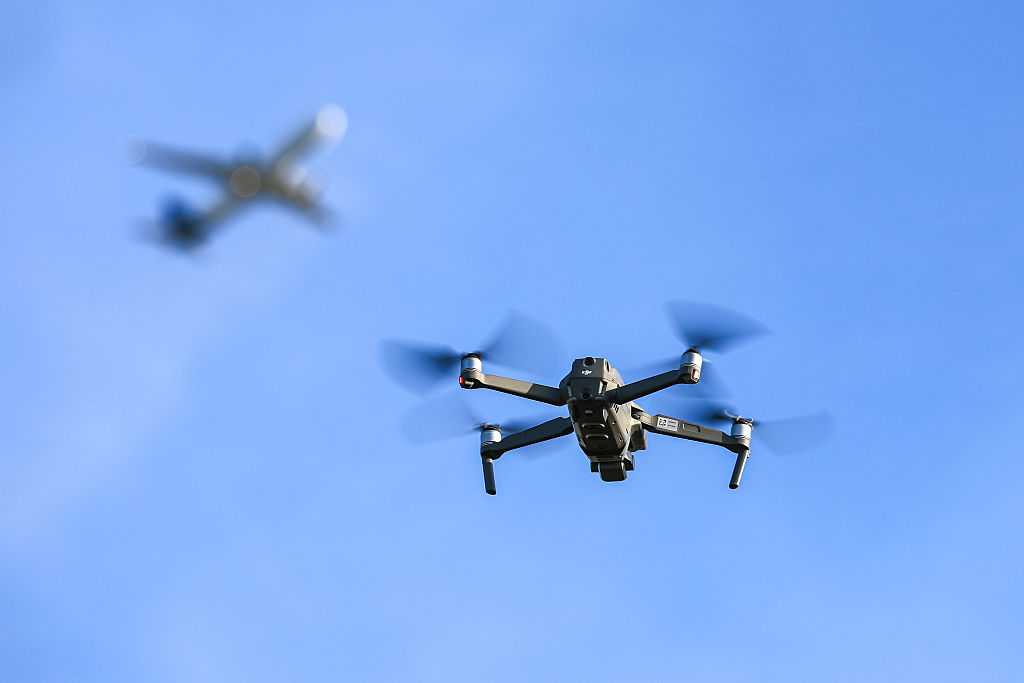
Here’s a story of Europe today: On a flight to Munich on Tuesday evening, passengers were informed the plane was being diverted due to drone sightings causing a brief closure of the airport. By the time it had refuelled in Salzburg and hopped over to Munich, the connection to Brussels and various other destinations had departed.
Passengers found themselves stranded in Munich for the night – which turned out to be the least of two evils, as the plane they had missed was prevented from landing in Brussels due to… irregular drone activity. The flight was diverted to Ostende and its passengers apparently made it back to Brussels, by coach, around 3 am.
Flight delays and cancellations are nothing new, but this is very different: European airports are now regularly being forced to shut down due to intensive and deliberate drone activity.
Drone sightings are nothing new: they’re inexpensive, widely available, and many people enjoy flying them. In Belgium alone, some 30,000 drone incidents were registered in 2024. But the effect on airports was minimal, with just two instances in which planes were forced to change runways. Closing an airport – as has happened in Belgium four times in the past two weeks – is a decision of a different magnitude, suggesting drones were active on or near an approach route, making the risk to air traffic too great.
Since September drones have forced airport closures in Denmark, Lithuania, Germany, Belgium and Norway, and there have also been drone incursions into Polish and Romanian airspace. In all instances, it has been assumed Russia is behind the activity, though proving this is difficult. In the case of Denmark – a strong supporter of Ukraine and current holder of the Presidency of the EU – the drones were apparently flown from Russia’s shadow fleet.
In Belgium, the interference has been interpreted as a warning against using Russia’s frozen assets – held in a Belgian holding house – as collateral for funding Ukraine’s counter-offensive. Vladimir Putin has dismissed such allegations but his ally and former President of Russia, Dmitry Medvedev, used language that suggested otherwise. In a post on Telegram, he claimed “narrow-minded Europeans should feel on their own skin what the danger of war is… they should be afraid and tremble like dumb animals in a herd being driven to the slaughter… they should soil themselves with fear, sensing their near and agonising end.”
Medvedev’s turns of phrase may be childish but they also display the deep animosity – indeed hatred – that the Russian leadership has for Europe. Moreover, both the drone incursions and the language are part of their war doctrine, harking back to Soviet times, which is often mistakenly referred to as “hybrid”. “Ambiguous” would be more accurate, in that the aim is to confuse the opponent by creating several fronts, kinetic and other, and constantly switching between them.
Europe is patently unready for even one zone of conflict, let alone several. In response to this heightened drone activity, there has been much talk about drone walls, without much to show for it. NATO has increased its surveillance, clearly to little effect, whilst affected governments are convening emergency security councils and calling for stronger measures, whatever they may be. The harsh reality is that the collective “we” of Europe doesn’t seem to have a clue what to do.
To say this is astonishing gives new meaning to the word: Drones have been around for a long time. They were used extensively in Afghanistan and Iraq – the last collective wars European armies joined – albeit in their larger forms. They have also become the main means of war in Ukraine and play a key role in the Middle East. Yet despite being a primary means of conflict, Europe lacks an answer.
The cost is immense. In a purely material sense, the closure of Brussels airport meant the cancellation of 54 flights. Multiply that by each closure across EU members and we’re bleeding money. Then there is the security concern: Each incursion allows the drones to survey airports and usually military bases close by. Satellite imagery can pick up a lot, but drones get up close, allowing the surveyor detailed insights, literally cutting through our defences.
Finally, there is the reputational cost: If Europe can be harried by a few drones with no adequate response, what message does that send? Who will take us seriously? Between Trump’s tariffs and Medvedev’s drones, Europe is in danger of being seen as the weak man of the world.
Ilana Bet-El is a strategic adviser, writer and historian. A former UN official and senior adviser on the Balkans, she has worked extensively with governments and clients in the private sector on geostrategic and policy issues related to security, defence and energy in the EU, Russia, Turkey and broader Europe, the Middle East and the Trans-Atlantic community. She is a contributing editor and columnist at Euractiv.
CORRECTION – An earlier version of this article incorrectly stated that Commission President Ursula von der Leyen‘s plane had been interrupted by drones.


